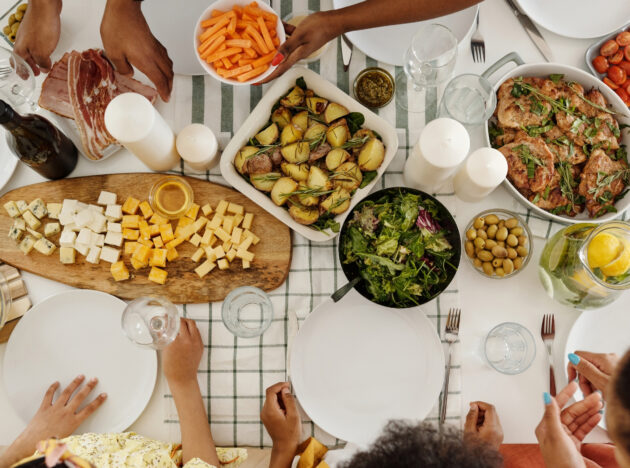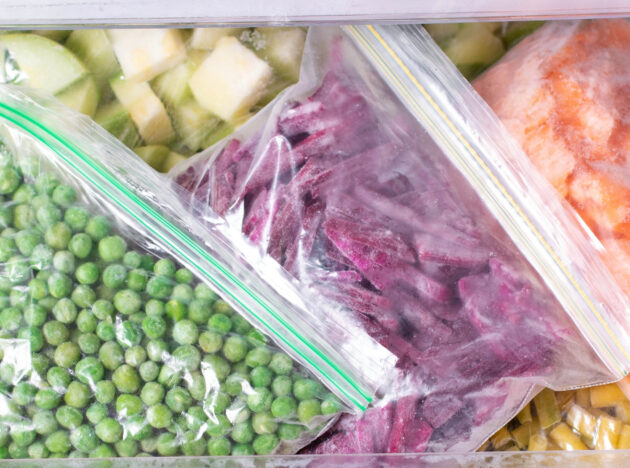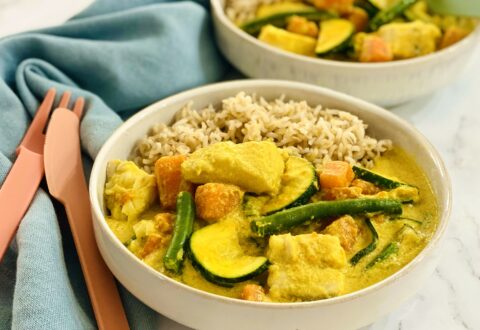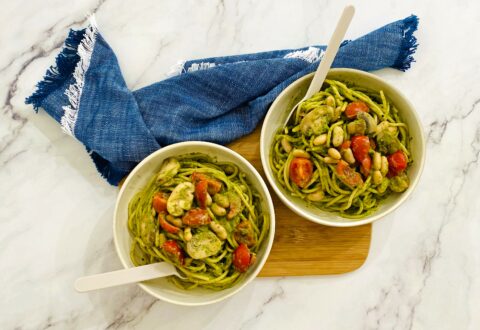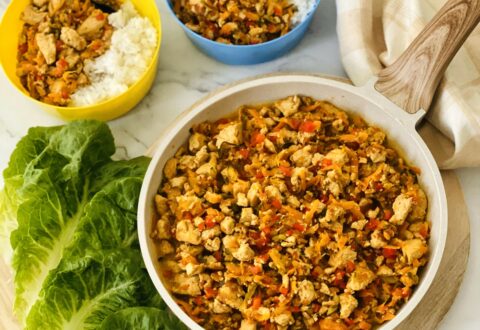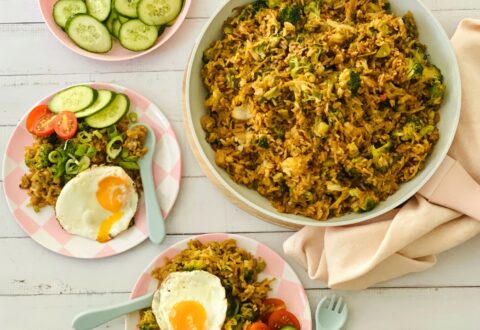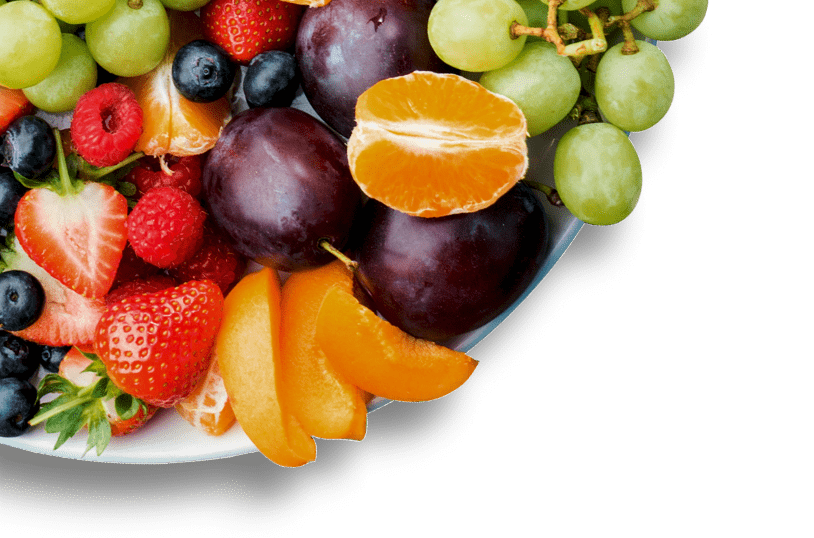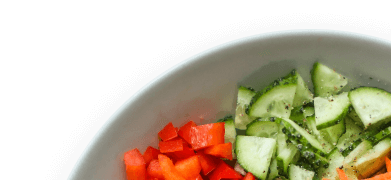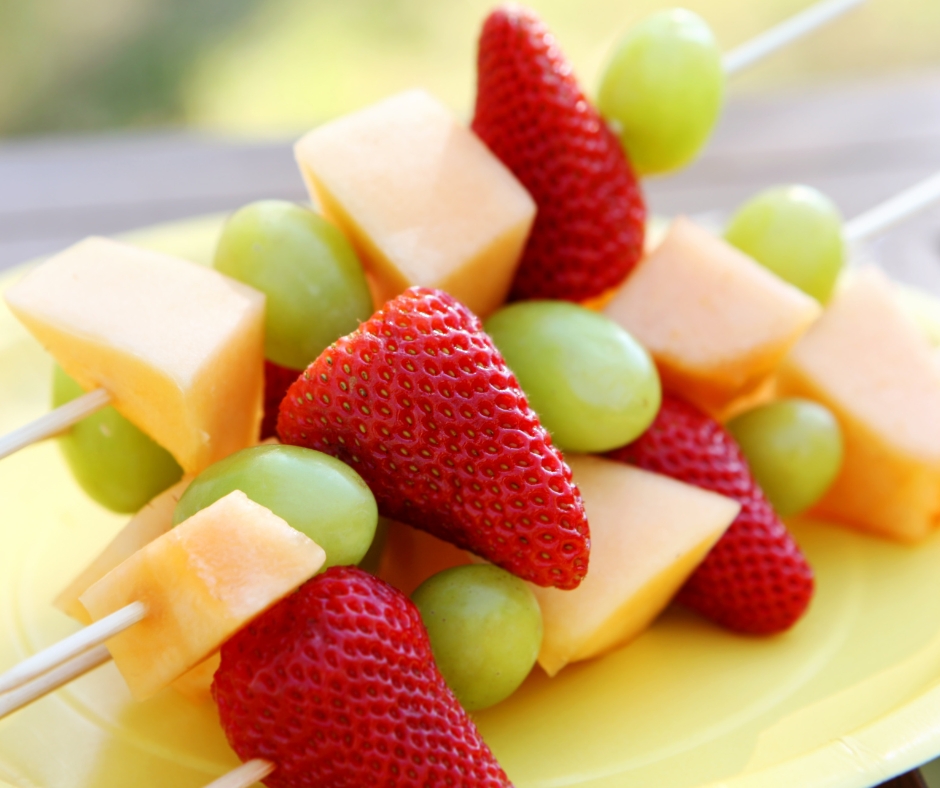Reducing food waste at your service

Menu planning is the most important step in reducing waste.
- Plan your weekly menu for the exact number of children attending your service using the Menu planning guidelines for long day care.
- Our free online tool, FoodChecker, allows you to assess your menu against these guidelines to make sure you’re meeting the amount of food required per child.
- FoodChecker will also provide you with information on children’s portion sizes and ingredient quantity planning.
Tip #2: Batch cooking
Cook once eat twice! Cooking a large batch of a recipe and freezing half for the following menu cycle will save preparation time and waste. With appropriate food handling and storage, this is a good way to reduce food wastage and save money.
Planning ahead will make it easier to turn one recipe that you can use in different meals. For example, cook double quantity bolognese sauce and turn leftovers into a Shepperd’s pie.
Tip #3: Family style serving
Placing food in the middle of the table and allowing older children to choose what they would prefer to eat may reduce plate waste. This way the children can choose what foods they want and how much they want to eat at that meal. This avoids serving children large portions that will go to waste.
When serving new or unfamiliar foods, make sure you include familiar or favourite foods to encourage acceptance and minimise waste.
Tip #4: Freezing and using leftovers
Freezing leftovers is a great way to save food for another time and prevent it ending up as waste. Below are some ways you can use up leftovers in your centre.
- Extra vegetables can be grated or cut into small pieces and frozen to use later in savoury muffins, casseroles, bolgonese sauce or soups.
- Making smoothies is a great way to use up leftover fruit…and veggies! Vegetables to use in your smoothies include spinach, cauliflower and zucchini. Frozen fruits and veggies also give smoothies a thicker, creamier consistency.
- Smoothies are also a good way to use up milk or yoghurt before they pass their use by date.
- Bread can be kept in the freezer and used again for toast. You can also use crusts for making breadcrumbs that can be used in burgers, for crunchy toppings on baked dishes, or to crumb chicken pieces.
Have a look at the Food Safety Information Council’s guide to Fridge and Freezer Food Safety for how long frozen foods should be kept.
View our Cooking to a budget resource for more ideas on how to use leftovers/unused fruit and veggies.
Tip #5: Compost bins and worm farms
Setting up a compost bin and/or worm farm is a great way to use food scraps and become a more sustainable service. It is also a great opportunity to involve the children and embed curriculum activities about sustainability.
Have a look at these worm farm fact sheets for more information:
- Frankston City worm farm fact sheet – what you don’t eat your garden will
- City of Whitehorse worm farm fact sheet
- City of Whitehorse composting information
Storing leftover food safely
If left over food is stored correctly it may reduce waste. Make sure you purchase enough reusable air-tight containers, a thermometer, labelling tools and to understand freezing, re-heating and thawing protocols. Always label and date food.
Read more about food safety in your centre here!
For more information please phone 1300 22 52 88 or email heas@nnf.org.au
Except where otherwise indicated, the images in this document show models and illustrative settings only, and do not necessarily depict actual services, facilities or recipients of services. This document may contain images of deceased Aboriginal and Torres Strait Islander peoples. In this document, ‘Aboriginal’ refers to both Aboriginal and Torres Strait Islander people. ‘Indigenous’ or ‘Koori/Koorie’ is retained when part of the title of a report, program or quotation. Copyright © State of Victoria 2016
Written and reviewed by dietitians and nutritionists at National Nutrition Foundation, with support from the Victorian Government.

Featured Recipes
Explore all recipes
Register your interest
"*" indicates required fields

